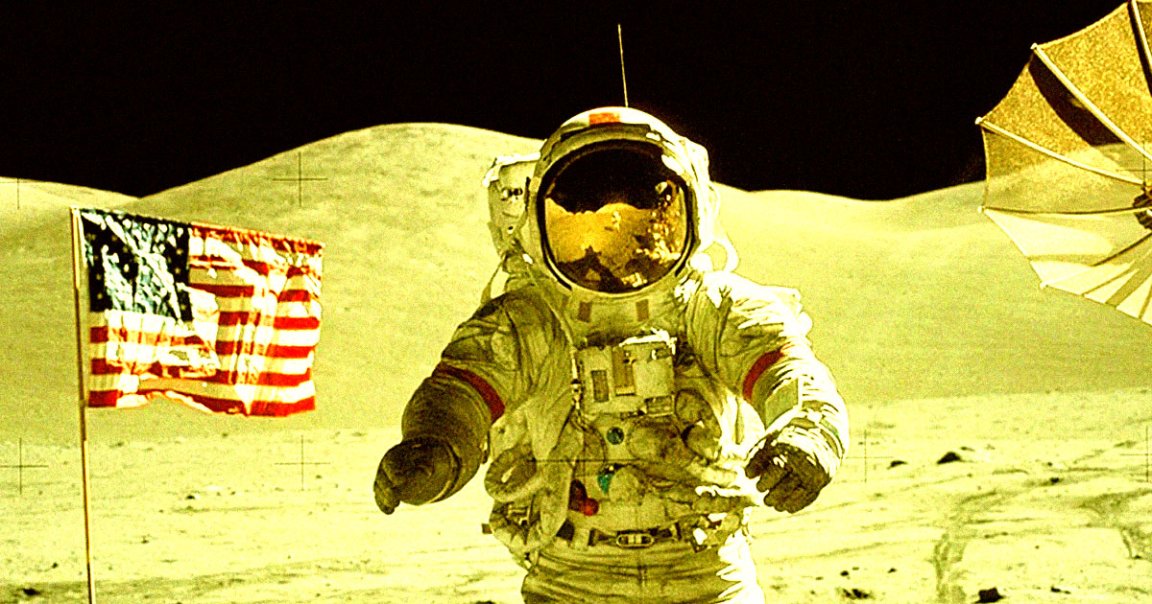
Moon Flash
During NASA’s Apollo 17 mission just over half a century ago, astronauts saw strange flashes of light while orbiting the Moon.
“Hey, I just saw a flash on the lunar surface!” astronaut Harrison Schmitt, the twelfth person to set foot on the Moon, told support crew member Gordon Fullerton.
“It was a bright little flash right out there near that crater,” Schmitt added. “Then there is another one north of it. Fairly sharp one north of it is where there was just a pin prick of light.”
While scientists have long speculated that the flashes could have been the result of meteors raining down on the Moon or cosmic rays hitting the crew’s eyes, we have yet to capture direct evidence of them — something the scientific community is hoping will change during NASA’s crewed Artemis 2 mission around the Moon.
Photo Opp
As Space.com reports, the space agency is working on coming up with photography assignments for the crew of four, which will be sent into a lunar orbit before making their long return inside an Orion spacecraft sometime next year (if everything goes according to plan.)
“We have been working with the Artemis 2 crew to identify imaging and observation targets/plans for them during their journey to and from the moon,” Artemis 3 project scientist Noah Petro told Space.com.
According to the report, around five ping-pong ball-sized meteoroids impact the lunar surface every hour. Fortunately, the probability of one of these particles striking an astronaut are exceedingly slim.
While Apollo 17 astronauts didn’t manage to capture these pricks of light, which last a fraction of a second, that could soon change. NASA Meteoroid Environments Office lead William Cooke told Space.com that “you would need a video camera to record them. The odds of catching a flash in a short exposure still image are vanishingly small.”
“While we don’t expect the crews to photograph any flashes,” Petro told the publication, “their photos and descriptions of the surface and lunar environment will be an important addition to lunar science.”
And perhaps astronauts during Artemis 3, NASA’s official return to the lunar surface, will finally be able to catch these strange flashes on tape as well.
More on Artemis: Congress Terrified China Will Beat the United States to the Moon